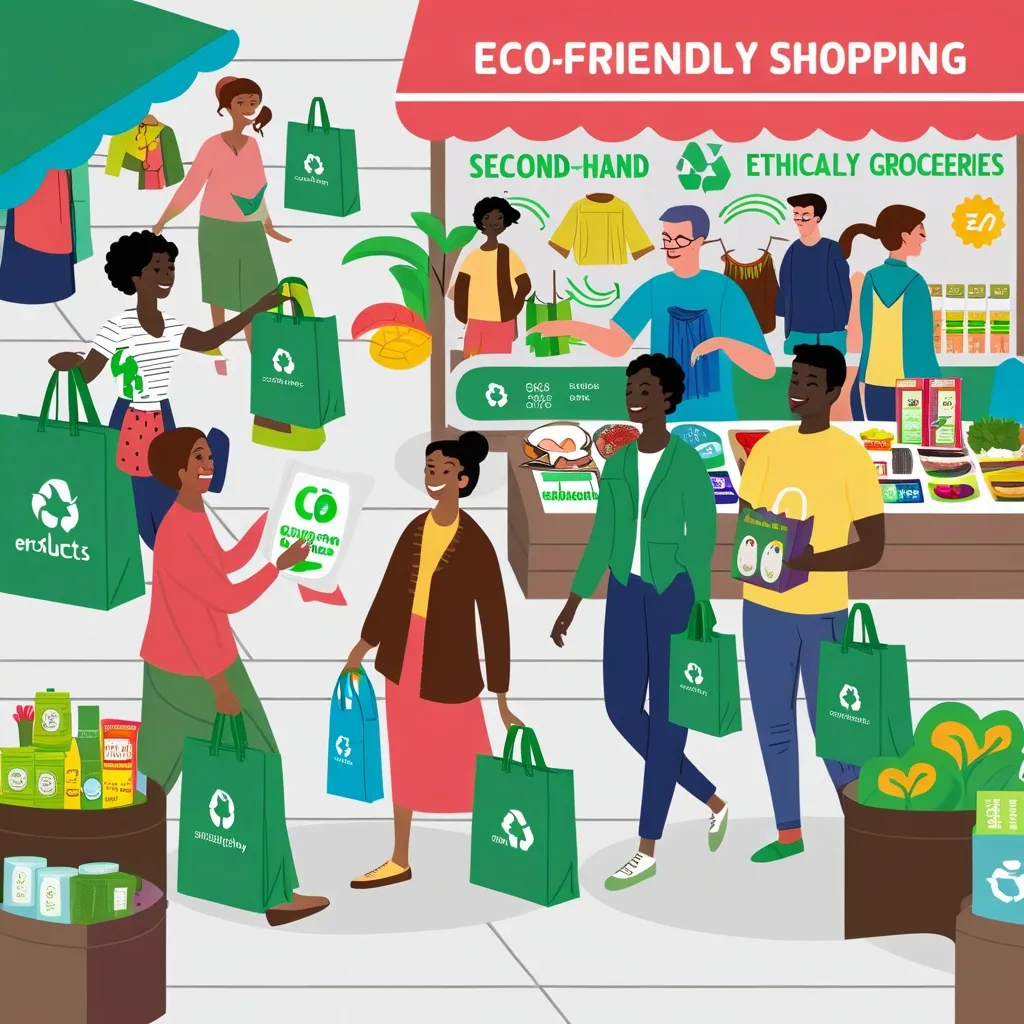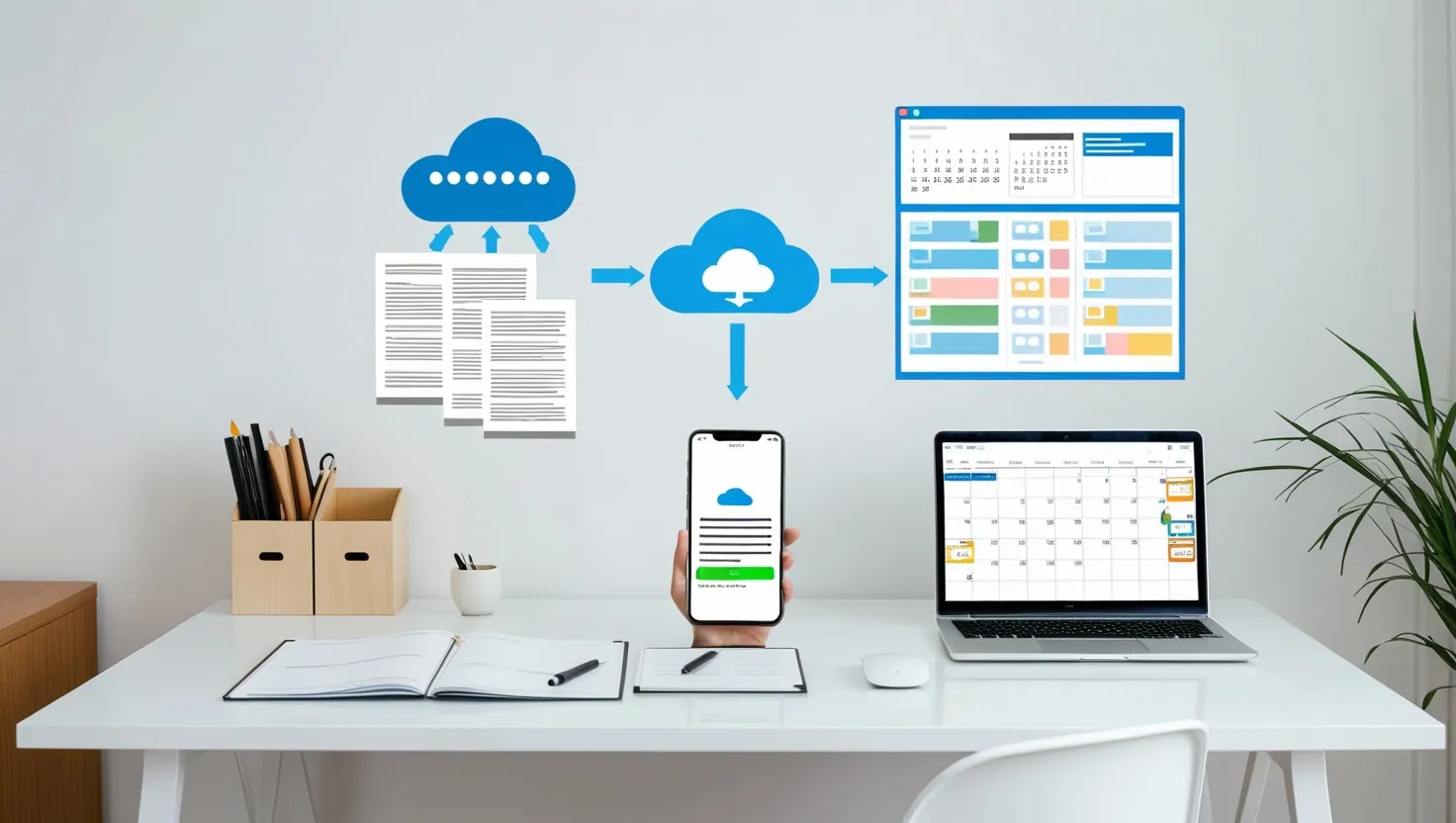Shopping is getting a major makeover nowadays. More and more people are on the hunt for ethical and eco-friendly products, spurred by the realization that our buying habits have real consequences for the planet and society. This shift isn’t just the latest fad; it’s becoming standard practice for many folks.
Embracing Eco-Friendly Shopping
Sustainability is moving from “nice-to-have” to “must-have” status. Younger buyers, who are set to dominate the marketplace soon, particularly favor brands that balance profit with social and environmental responsibility. They put their money where their values are, and they expect brands to walk their talk.
Yet, there’s a stark difference between what people want and what they actually do. Sure, many express interest in sustainability, but factors like the high cost of living and economic unpredictability can sway their decisions. For most, the expense of living is a biggie, making eco-friendly options seem less achievable.
Why We’re Trending Toward Sustainability
Several elements are pushing this movement forward. Trust is a big factor. Brands that genuinely commit to sustainability earn consumer trust. This is essential, especially for younger generations who are more eco-conscious and socially vigilant.
Sustainability is also becoming a major selling point. Brands investing in eco-friendly practices are seen as more responsible. This not only boosts their image but also loyal customer base. People tend to gravitate towards products labeled as sustainably sourced or produced, willing to pay a premium to support biodiversity.
Hurdles in Sustainable Shopping
Despite the buzz around sustainable shopping, some barriers hinder our good intentions. The biggie is always cost. Sustainable items are often pricier, which can be a deal-breaker, especially when money’s tight. Plus, the whole concept of sustainability can be a bit complex, leaving folks puzzled and less inclined to make the leap.
Making Sustainable Shopping Easier
Retailers can really step up here to make sustainable shopping a breeze.
First, they can simplify the whole sustainability jargon. Clear labeling and straightforward info at the points of sale help consumers make better choices.
Second, retailers can highlight eco-friendly products in both physical stores and online. Special sections for green products or tailored recommendations can nudge buyers towards sustainable options.
Third, affordable sustainability is key. Bridging the cost gap between regular and sustainable products makes it easier for consumers to swap out their usual purchases for greener ones.
Lastly, promoting circular behaviors is crucial. Encouraging buying second-hand, repairing, and reselling unused items doesn’t just save money; it’s green to the core.
Economic Challenges and Sustainability
Economically uncertain times, such as the rising cost of living, can throw a wrench in sustainable shopping efforts. People might prioritize saving money over being eco-friendly, but that doesn’t mean they’re less interested in sustainability. They’re just juggling priorities, looking to blend cost-effectiveness with green choices. For instance, they might opt for products that are durable and repairable rather than disposable.
Building Trust Through Transparency
Transparency is everything when it comes to earning consumer trust. Brands that are upfront about their sustainability practices and supply chains stand a better chance of gaining consumer loyalty. Independent certifications and clear reporting can bolster this trust. When people trust a brand, they become repeat customers and brand advocates.
Shifting Consumer Habits
Changing consumer habits isn’t a piece of cake, but it’s doable. Social influence can play a huge role; people are often inspired to follow sustainable choices when they see others doing so. Consistent messaging and positive experiences can also help in shaping lasting eco-friendly habits.
Practical Tips for Green Shopping
Consumers can take several steps towards sustainable lifestyle without breaking the bank.
Choosing durable products that can be easily repaired not only saves money but also cuts down on waste.
Buying second-hand is a fantastic way to go green and save cash. It’s now more accepted and even trendy.
Reducing consumption, reusing what’s already there, and recycling materials are cornerstones of sustainable living. These actions significantly lower environmental impact.
Lastly, supporting brands recognized for their ethical and sustainable practices can make a big difference. Independent third-party recognition usually means these brands have transparent operations.
Looking Ahead: The Future of Sustainable Shopping
The demand for sustainable options isn’t going away anytime soon. Retailers and brands need to adapt to this growing demand with more emphasis on sustainability, transparency, and ethical practices. Brands that invest in sustainable practices not only win consumer trust but also gain a competitive edge.
All in all, sustainable shopping isn’t just a temporary buzz; it’s a long-term shift. Knowing the driving factors and the barriers can help retailers craft better strategies to promote eco-friendly buying habits. For consumers, it’s about adopting habits that benefit both the planet and their wallets. As we progress, it’s clear that sustainability will be a core part of how we shop and live.






